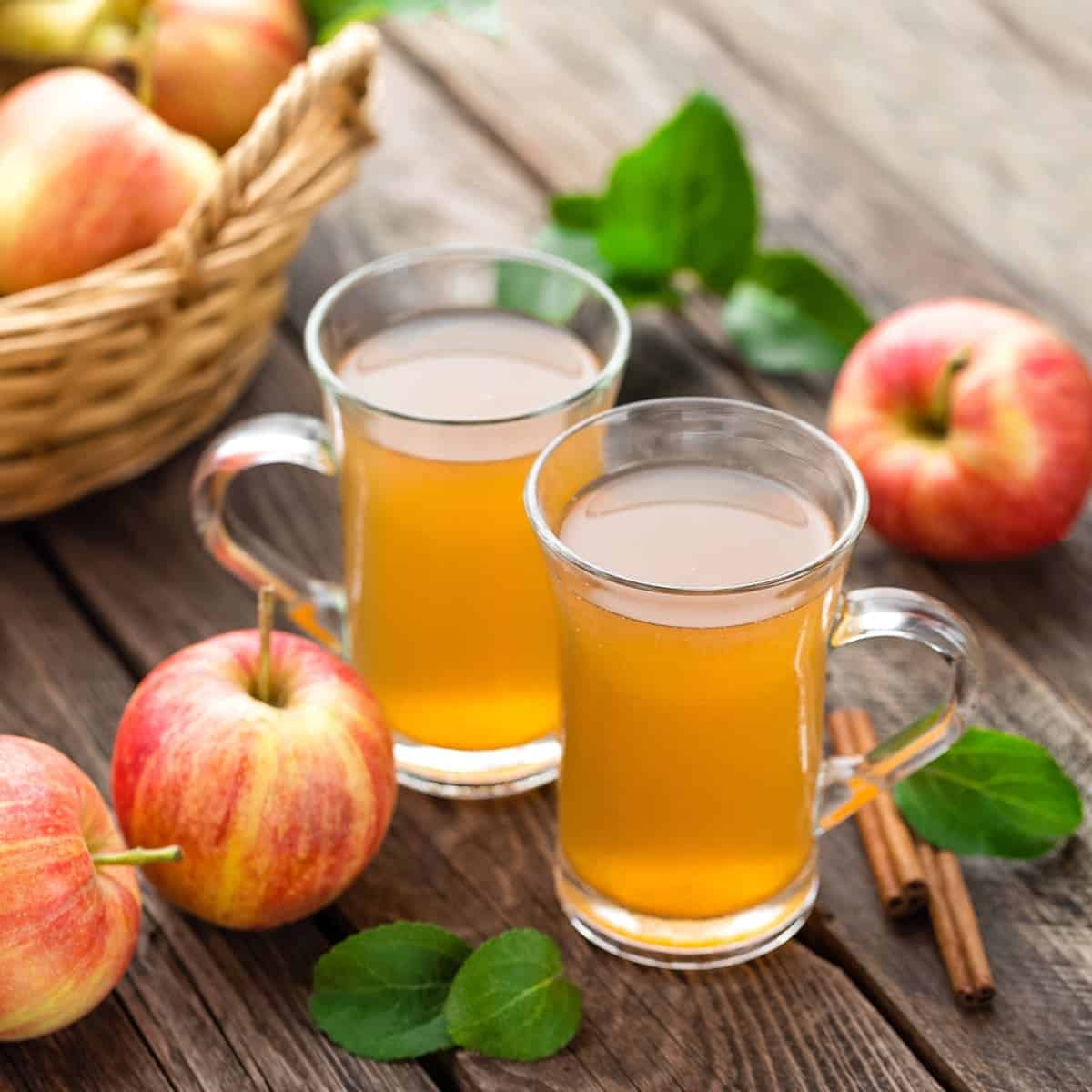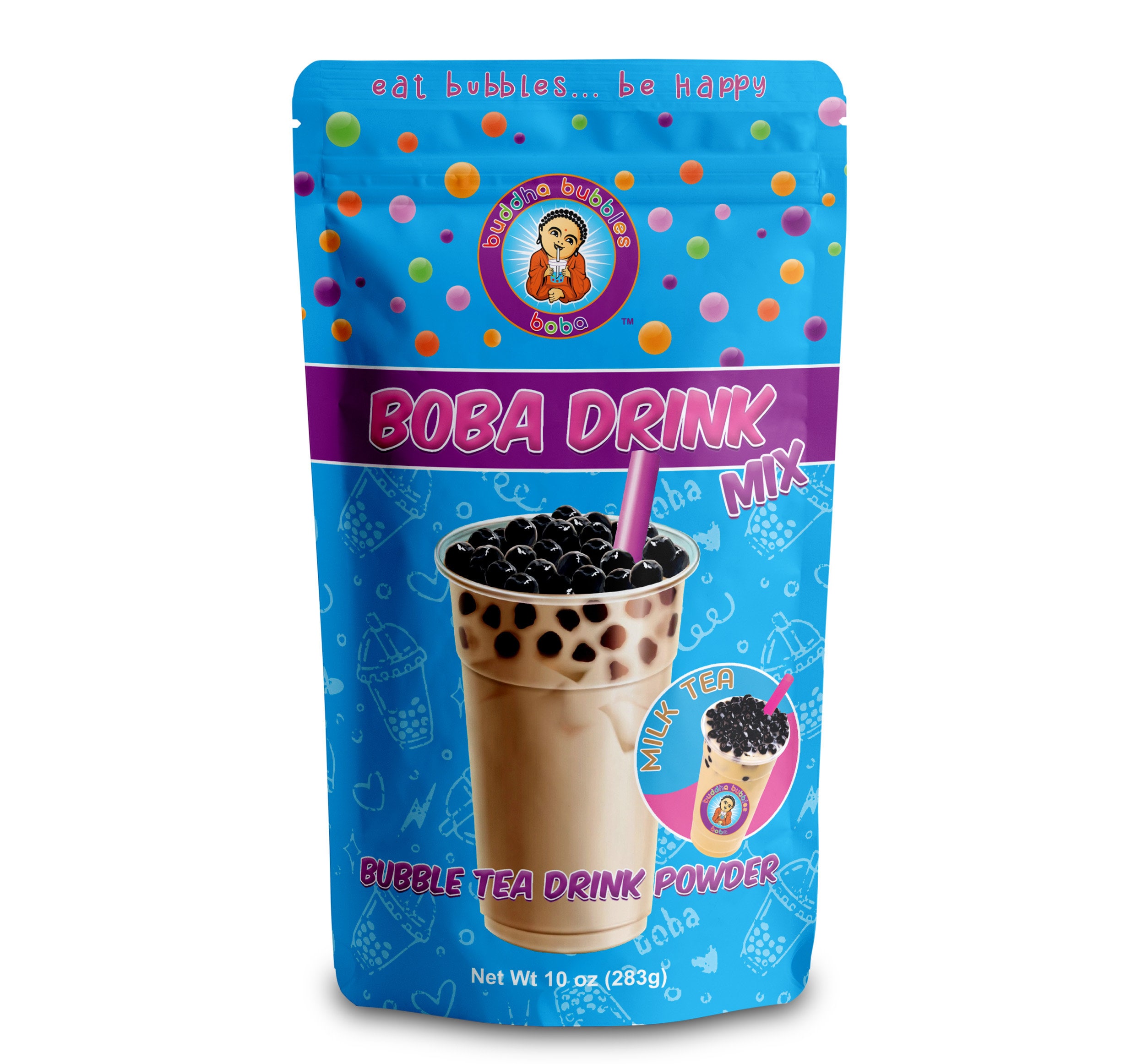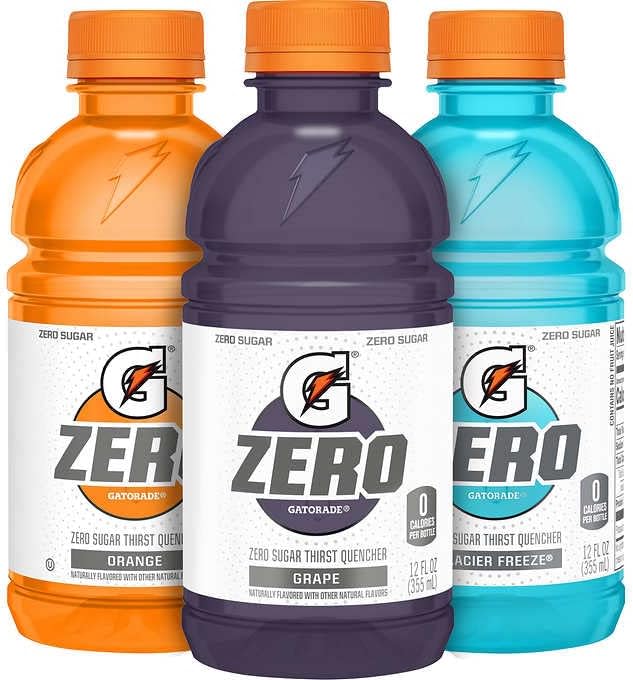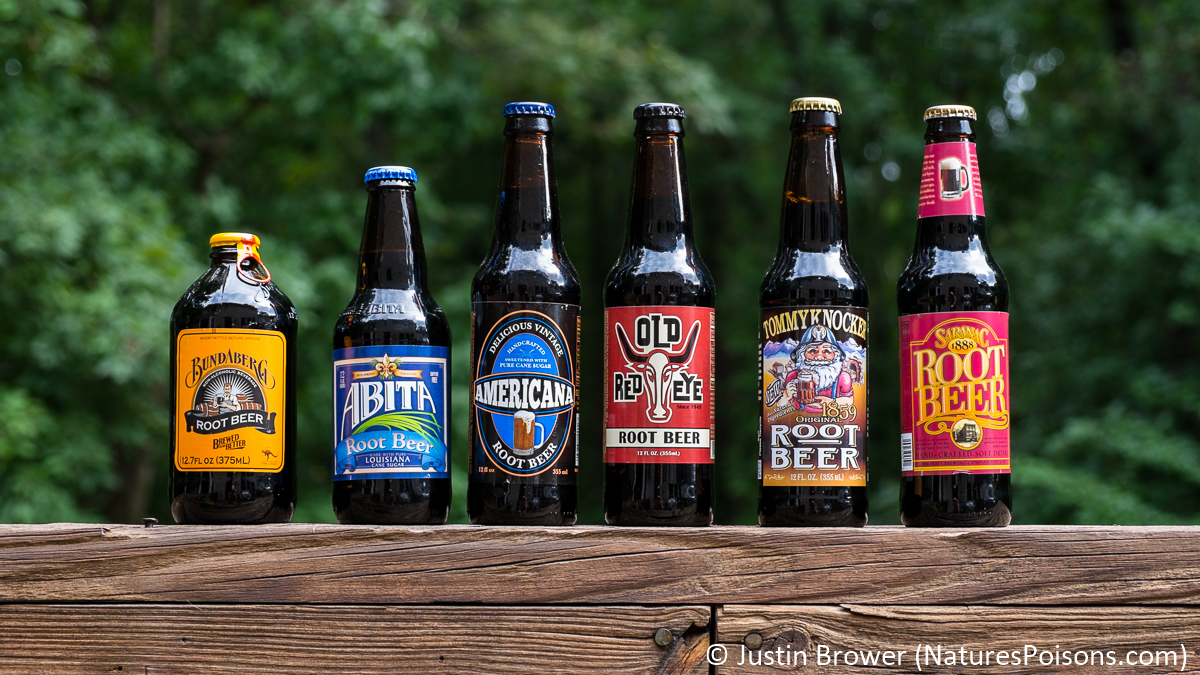Discover the Perfect Apple Cider Substitute: A Worldly Flavor!
List of pertinent substitutes for apple cider in cooking recipes:
– White vinegar
– Red wine vinegar
– White wine vinegar
– Champagne vinegar
– Unseasoned rice wine vinegar
– Malt vinegar
– Fruit juices (lemon juice, lime juice, orange juice, grape juice, pineapple juice)
– Citric acid (powdered form)
– Apple juice
– Hard cider
– Honey cider
– Other types of vinegar (such as white wine vinegar, rice wine vinegar, champagne vinegar, sherry vinegar, red wine vinegar, balsamic vinegar)
Note: Some of these substitutes may work better than others depending on the specific recipe. It is important to adjust the quantities and flavors accordingly.
Continue Reading


